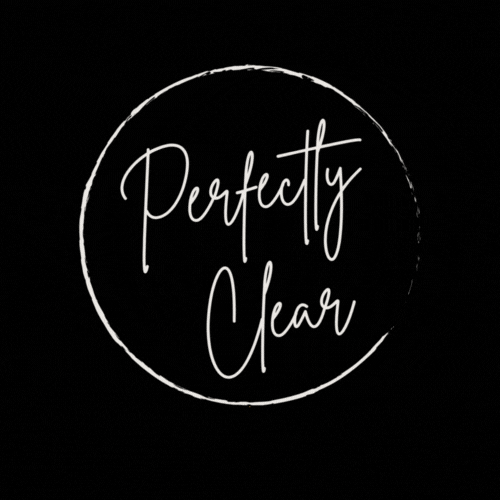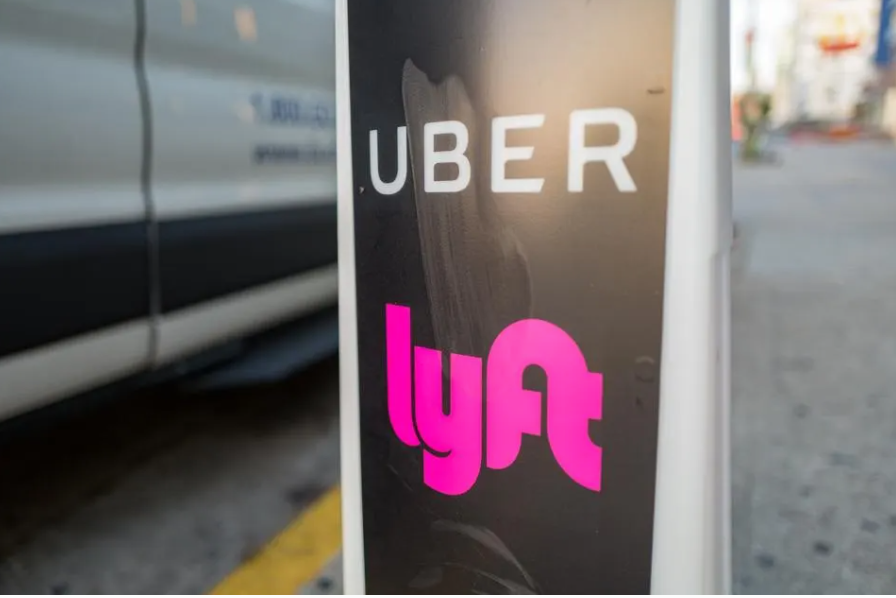But does it drive sales? Communications role in the Marketing Funnel.
- Cheryl Dixon
- Feb 21, 2023
- 3 min read
Updated: Jan 2, 2024
When anyone asks, “Will (fill in this blank with any PR, marketing, advertising or communication activity) drive sales?” this is my go-to answer. Consumers need to be aware of your brand, see a need for your brand in their life, understand the value your brand brings, like your brand better than the others and have a great, ongoing experience with your brand. Do these activities directly drive sales? Up for debate. But, sales won't happen without them. Especially for startups just beginning their awareness effort.
See my article in PR Daily:

A recent AdAge post and poll sparked a debate on LinkedIn, in which people questioned the actions of companies that are laying off employees while still spending money on Super Bowl commercials. Nearly a quarter (21%) of the poll respondents said that marketing should be a priority, while 77% said it’s not a good look. This is understandable, given the sensitivity around layoffs and scrutiny of how companies are operating in the aftermath. Microsoft hiring Sting to perform at Davos for its executives as layoffs were announced is not easily perceived as an investment in its future.
One LinkedIn user asked, “How does advertising in the Super Bowl drive revenue? Is the commercial going to have a positive ROI, grow business and allow these companies to hire back some employees?”
I answered, “This is top funnel activity. It leads to revenue.” The questions that followed made it clear that more explanation was needed. What is a marketing funnel? Do these activities = revenue?
First introduced in 1898, the concept of the marketing funnel (also known as a sales funnel) outlines a consumer’s decision-making process before ultimately purchasing a product or service. It helps marketing and communications teams map the relationship of consumers to their product, what stage they are in and guides them on the effort and tactics needed. For example, television commercials will increase awareness, but not necessarily or immediately result in a sales lift.
The funnel also demonstrates the critical role that marketing and communication efforts and activities play in generating sales. The marketing funnel may have three to seven stages, beginning with Awareness and ending in Conversion or Purchase.
Understanding the funnel through a communications lens:
Awareness: Do consumers know your brand or product exists? The level of awareness is an indication of how easy it will be to attract new consumers. In this stage, communicators will consider activities to create general awareness across a broader public and attract them to the brand.
Interest: Do consumers see how your brand or product fills their need? In this stage, consumers are paying closer attention to, and perhaps engaging with brand messaging.
Consideration: Consumers are doing research about your product and wanting to learn more. Working with influencers to reach a captive audience aligned with your brand will help them deepen interest and move them to evaluation. They need to be informed at this stage.
Evaluation: Consumers are comparing your product against competitors. Does your product meet a consumers’ needs better, at the right price, than its competition? They need to be educated.
Purchase: How was the consumer’s shopping experience? Did the product meet expectations? Do they feel good about their purchase and are likely to purchase again? Recommend it to others?
While communication can impact every step of the marketing funnel, it is the top funnel activity where it is the most critical. There can be no sales without a consumer knowing a product exists, is relevant to them and has a favorable reputation.
Knowing where the consumer is in their journey allows communication professionals to plan accordingly and meet them where they are. And, it helps answer the question, “How does this drive sales?”





Comments